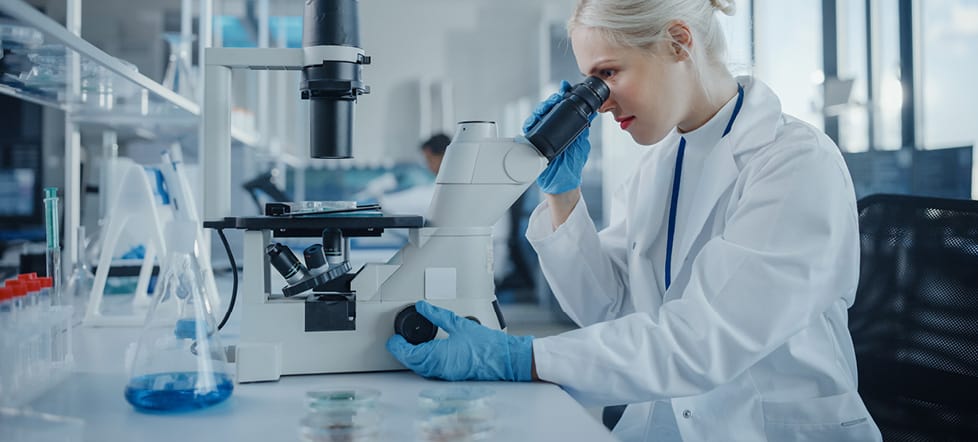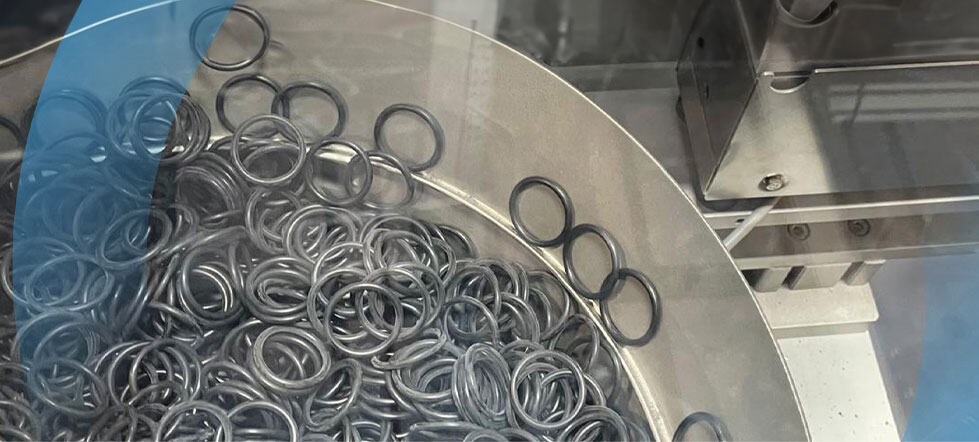Medical Standards for Rubber
Medical-grade rubber compounds are an essential component of medical devices and equipment used in the medical industry. Rubber components serve as seals in various devices and mechanical instruments that involve some level of contact with the human body, ranging from surgical to dental and aesthetic devices. Choosing the right material during the initial design phase can help companies gain regulatory approval quickly and avoid duplicate testing due to the use of unapproved material.
It is important to note that medical-grade rubber differs from food-grade rubber and might require different formulations and manufacturing processes to meet the safety standards required for medical devices.
However, biocompatibility is not the only important factor in designing seals for the medical industry. The manufacturing process must also comply with exceptionally high standards required in the medical industry, such as clean room standards like ISO 14644 or US FED STD 209.
To help you get familiar with medical-grade rubber components and their related standards, we will explore the concept of biocompatibility, the relevant standards that regulate biocompatibility assessment, and other quality standards and practices.
Medical-Grade Rubber Must Meet Medical Standards
Two testing methods are commonly used to evaluate rubber materials in medical devices. USP Class VI outlines the testing requirements for the biocompatibility of rubber compounds specifically intended for medical devices, while ISO 10993 provides guidelines for assessing the overall biological safety of medical devices.
Biocompatibility Testing
Biocompatibility is the ability of a device or material to perform its intended function without causing adverse effects within the body. Biocompatibility testing is an integral part of the regulatory approval process for medical devices. Biocompatibility tests evaluate the effects and interactions of materials with a living tissue when they come in contact with one another. Although well-established materials widely used in the industry may seem safe, they can produce unexpected reactions if processed in a way that leads to contamination, degradation, or the release of toxic compounds into the patient’s body.
Biocompatibility Testing of Rubber Compounds (USP Class VI)
The United States Pharmacopeia (USP) is a non-profit organization that sets standards for medicines and healthcare products. USP Class testing is a known method of testing for the biocompatibility of materials. The testing divides devices into six classes, Class VI being the most thorough. USP Class VI is a widely recognized standard for medical devices and materials. This standard includes a series of tests that provide guidelines to evaluate the biocompatibility of medical-grade rubber compounds.
USP Class testing is used to assess how biological systems respond to different polymeric materials like elastomers and plastics used in medical devices. The tests involve direct or indirect contact with the material or injecting extracts prepared from the test material. These tests help ensure that materials used in medical products are safe for use in the human body.
The intersection between categories creates six classes. For example, class I is a device that touches the skin for a limited duration. In contrast, an implant device intended for permanent use is class VI. The USP standard recommends specific testing protocols (systemic injection test, intracutaneous, and implantation). The testing for the six different class levels is done in different combinations of these three tests with different extracts. For Class VI, being the most thorough, it is recommended to test all testing combinations.
The purpose of USP Class VI is to ensure that the raw material does not cause any harmful response or long-term effects. However, testing individual rubber materials alone is insufficient. Medical devices undergo various processes, such as sterilization, that can impact their biocompatibility. As a result, the finished product should also be tested to assess its biocompatibility.
Biocompatibility Testing of Medical Devices (ISO 10993)
The International Organization for Standardization (ISO) develops and publishes international standards for various industries, including healthcare. ISO 10993 is a series of standards that specify the recommended tests to evaluate the biocompatibility of materials used in medical devices.
ISO 10993 breaks down medical devices into three main categories: surface, implant, and external communicating, based on the level of body contact. These categories are further broken down into sub-groups, based on the duration of exposure to the body: limited, prolonged, and permanent. Determining which group and sub-group apply to your device before selecting an appropriate rubber compound is crucial, as different testing protocols apply to each.
Complying with FDA Regulations
The Food and Drug Administration (FDA) has established guidelines for the biocompatibility of medical devices and materials used in medical devices. This guidance document, Biocompatibility Guidance on Use of ISO 10993-1, specifies how manufacturers should apply the ISO 10993 standard for the biological evaluation of medical devices.
The FDA does not approve individual rubber compounds used in medical devices. Instead, the FDA approves the final device, which includes many different components and materials.
Raw material suppliers test the biocompatibility of their compounds. Still, the device manufacturer must also assess the final product to ensure that sterilization or storage conditions do not affect the rubber material negatively. In addition to determining the biological compatibility of individual components, the manufacturer must also evaluate the final product.
Quality Management System Standard for Medical Devices
Techno Ad is proudly ISO 13485 certified, meaning that our quality management system meets the international standard of ISO. ISO 13485 is a management systems standard specifically developed for the manufacturing of medical devices. ISO 13485 specifies the requirements for designing, developing, producing, installing, and servicing medical devices and related services. This standard is intended for organizations involved in producing and distributing medical devices, including manufacturers, suppliers, and service providers. Certification to the ISO 13485 standard is recognized internationally and can be a requirement for doing business in specific markets.
Sealing Solutions That Fit your needs
Techno Ad manufactures standard seals and custom-made solutions according to the client’s precise requirements and technical specifications. Since many medical devices must be sterile before use, medical components must be manufactured and packaged in a clean room to prevent dust, airborne microorganisms, or other air contaminates. Clients should, therefore, also specify the sterilization level required for their specific medical application.
Do you manufacture a medical device or any other product requiring medical-grade rubber?
Talk to Us today to discuss your specific requirements.





